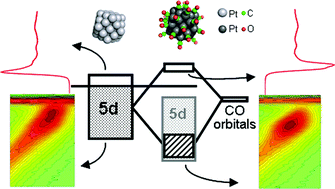Electronic structure of alumina-supported monometallic Pt and bimetallic PtSncatalysts under hydrogen and carbon monoxide environment
Abstract
The structure of supported

- This article is part of the themed collection: Recent developments in X-ray absorption spectroscopy

 Please wait while we load your content...
Please wait while we load your content...